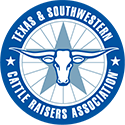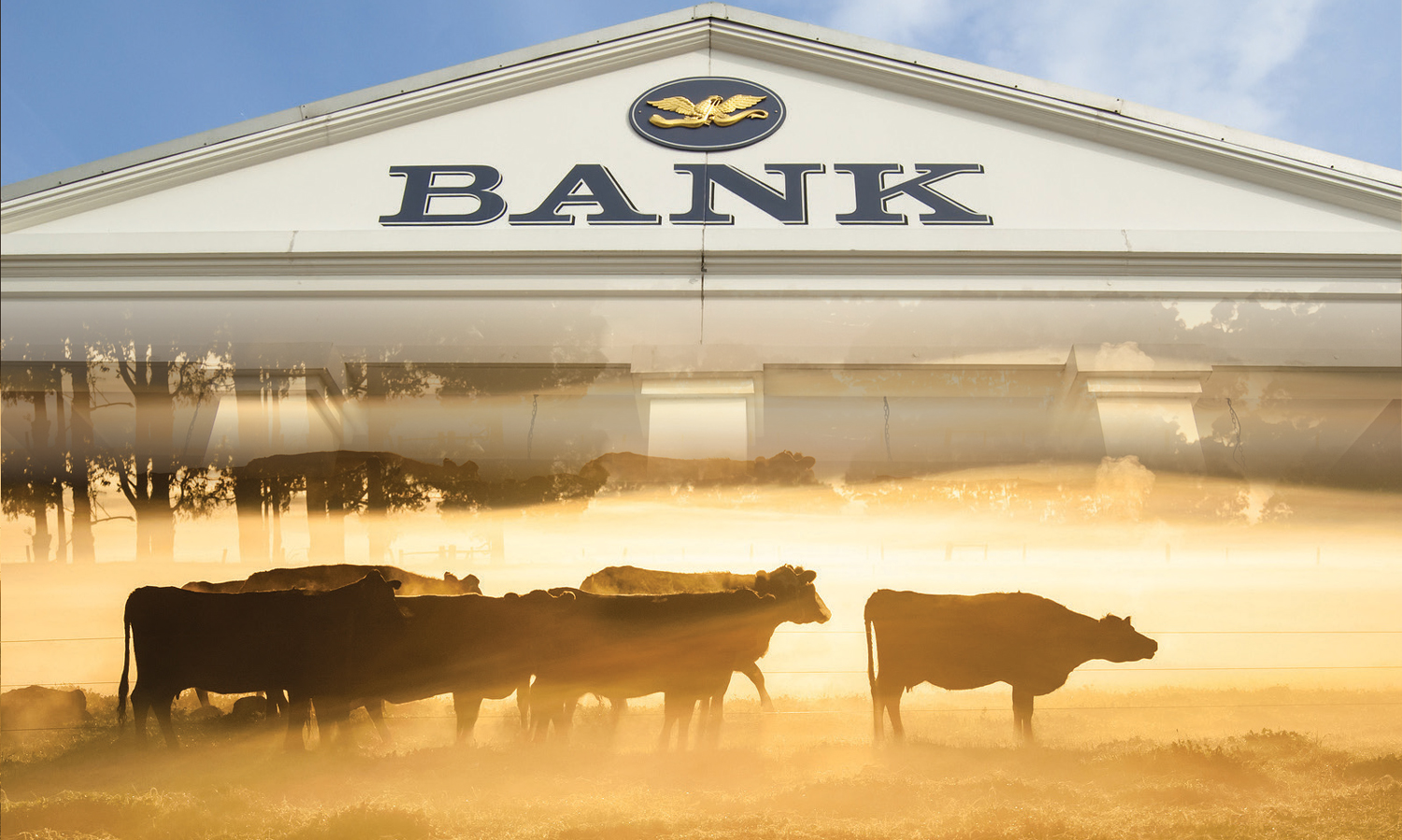Ask a Banker | In Cattle and Bankers, Choose Wisely
Selecting the right lender for your agricultural operation can make a world of difference. Here’s what you need to know.
By Katrina Huffstutler
For beginning ranchers, there’s a lot to consider. What type of operation best fits your goals? Where will you get your genetics (or stockers)? How many head can you run efficiently on your land? How will you market your cattle?
However, one of the decisions having the most impact may be choosing the right lender. We asked Ken Leiber, president of Texas Livestock Marketing Association and National Finance Credit Corporation of Texas, for his top advice on the subject.
“Whether you are new to the cattle business or an experienced rancher, picking the right lender for your operation is an extremely important step in your business plan,” Leiber says. “Your relationship with your lender is like any relationship, whether it’s business or personal. The foundation for that relationship is going to have a great bearing on its success and longevity.”
Do your homework
He says before beginning the selection process, though, a rancher first needs to do his or her homework and evaluate his or her own needs.
“Often, you’re looking for services customized to your operation, so you need to do some work ahead of time. Lenders are used to cookie cutters, so you will need to get them the information and tools they need to best serve your specific needs,” he says.
Leiber says that while most ranchers understand the day-to-day aspects of their operation, many need to spend some time with their financial statements and tax returns to better prepare for the questions potential lenders will ask.
Once a rancher has a firm grasp on the financials, Leiber suggests taking a close look at (or creating) their operational plan.
“You need to determine what you want and what you expect to accomplish, and then work up an outline of your budget and your credit needs with a projected cash flow,” he says. “That will help you determine if you need an operating loan, a term loan, or both. It will also help answer the questions of what kind of lending services you need.”
As always with lenders, Leiber says ranchers should also be prepared to discuss the collateral they are willing to pledge.
“The lender is going to evaluate your approach, your expectations, and the information you prepared, so he can be confident that you understand your financial position and your operation — and that you have the tools to manage it, both financially and operationally.”
Having this information ready will also help a rancher get the best options their lender has to offer.
Finding the right partner
Once the legwork is done, Leiber says there are many ways to find an agricultural lender. One may be right under your nose.
“Do you have an existing relationship or some sort of connection with a lender already? And if you do, is that something they may expand? Could they help you with your cattle business, too? It may be a good option, because you’ve already started that relationship.” Leiber says.
For ranchers starting from scratch, he recommends checking trade publications for allied industry lenders and using word of mouth.
“Ask your friends in the cattle businesses for references on their lenders,” Leiber suggests. “Invariably, the best source of information and perspective for you as a borrower would be from other borrowers of that lender.”
He says while one can research bankers in geographical locations, industry commitment issues and the like, none of that matters if the match isn’t a good fit.
“If you have a general idea of what you’re looking for and what you want, you can narrow that field down to the best source or the top possible lenders for you,” Leiber says. “But at the end of the day, if you can find someone who is doing business with them — and the more experience they have, the better — that information is invaluable. Just like a lender will want a credit reference on you, this is your reference on them.”
Location isn’t everything
In today’s high-speed internet world, Leiber says the best bank isn’t necessarily the closest one to your ranch. There is no difference in emailing a request or transmitting data from your home 10 miles away versus 200 miles away.
“Don’t be afraid to cast a wider net,” he says, adding that some borrowers even prefer a long-distance banker. “It’s really the commitment and service you are looking for.”
“I’ve had many customers come to us from other areas because they were concerned with the confidentiality of their information if the lender is too local. Some may even have conflicts of interest locally that they wouldn’t have in other areas,” Leiber says.
Personalities matter
Leiber says just as we all have different friends — and may wonder why some of our friends like people we don’t care for — it’s the same in professional relationships. Some lenders and borrowers make good partners and some don’t. It’s important to consider personalities and relationship goals before committing to a bank.
“After you consider a lender’s reputation, consider whether you’re a philosophical and personality fit, too,” he says.
This can be discerned by interviewing potential lenders just as they interview you, Leiber says. He recommends discussing what kind of relationship they are willing to have and comparing that to the type you desire.
It’s a long-term commitment
Once a rancher has identified lenders who are committed to the industry, who offer the right services and are good matches, personality-wise, Leiber says it’s time to move on to the fine print.
That’s when you talk credit availability, interest rates, fees and other possible costs. Make sure the lender is willing and able to grow the relationship as your operation grows.
“It’s important to focus on the long-term value of the loan commitment, not just the cheapest cost or the easiest path at the beginning,” he says.
And not unlike personal relationships, Leiber says ongoing communication is a key long after making a selection.
“The communication between you and the lender, and the lender and you, are the keys to building that long-term relationship,” he says. “So, you found the banker. It’s kind of like getting married. Your job of being a spouse just began. It didn’t end.” ❚
“In Cattle and Bankers, Choose Wisely” is excerpted from the October 2017 issue of The Cattleman magazine.

